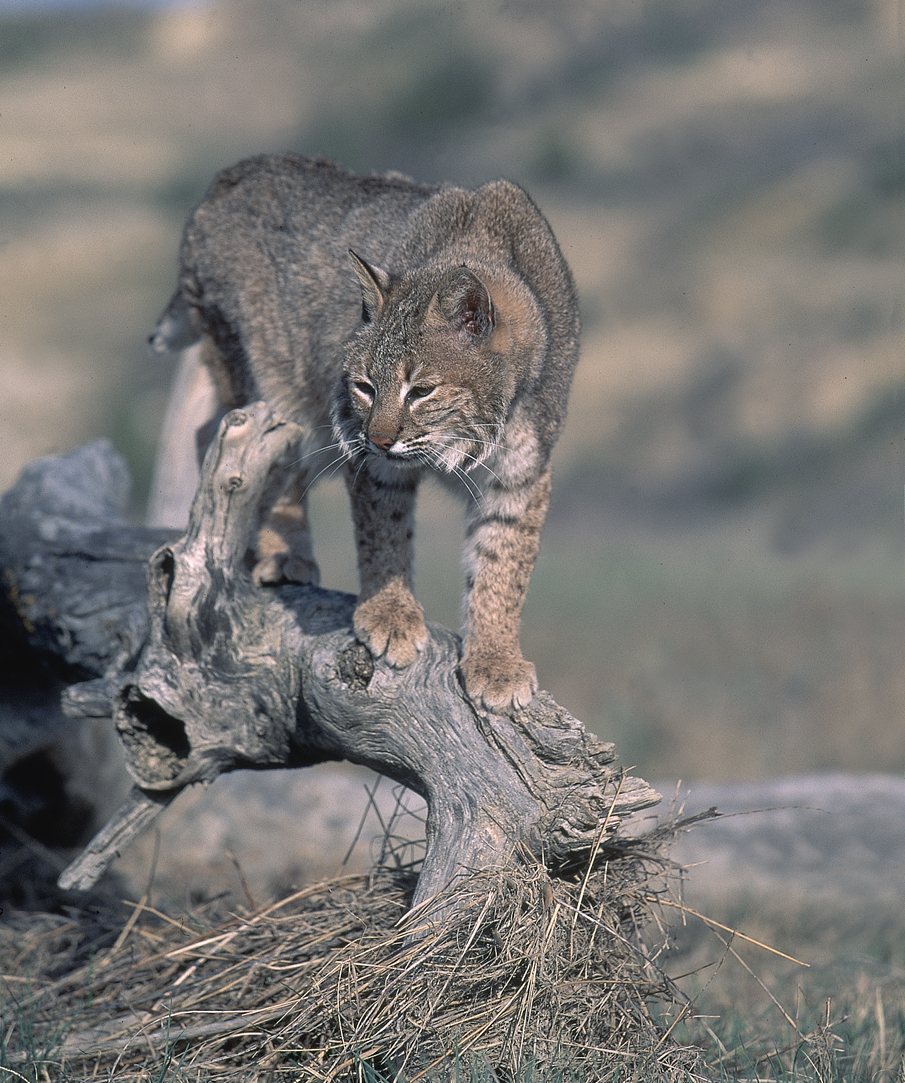
Some good news for bobcat trappers/hunters landed in my e-mail box this morning. It appears bobcat populations are on the rise across most of North America.
Dr. Nathan M. Roberts of Cornell University, a Trapper & Predator Caller contributor, forwarded me the following news release:
In an upcoming article in the Journal of Fish and Wildlife Management, Dr. Nathan M. Roberts of Cornell University and Dr. Shawn M. Crimmins of the University of Montana have found that recent studies of bobcats have seen a population increase since the 1990s.
According to their article, “An Update of Bobcat Lynx rufus Population Status and Management in North America: Evidence of Large-Scale Population Increase,” bobcat range in North America includes 47 of the 48 contiguous U.S. states, parts of Mexico and Canada. It covers approximately 8.7 million kilometers.
Roberts, lead author and researcher, said, “Bobcats are a very adaptable species. They are found in the wilderness of Canadian forests, the deserts of Mexico, the mountains of Montana and the suburbs of Los Angeles.”
Currently, the bobcat population is being monitored by 41 U.S. states. It is estimated that there are between 2,352,276 and 3,571,681 individual bobcats across the United States.
The results of recent population density estimates indicate the bobcats have increased throughout almost their entire range in North America since the late 1990s. In fact, 40 of the 47 U.S. states in which bobcats are found have reported a stable or increasing bobcat population. Only one state, Florida, has reported a decrease since 1981.
Dr. Roberts suggests that bobcats have become a valuable resource and that can be a contributing factor to their increase in population.
“Most jurisdictions permit some limited hunting and trapping of bobcats for fur,” said Roberts. “This makes the bobcat an economically valuable, as well as ecologically valuable, species. When animals are valued as a resource, including economic resources, there is a desire to conserve them for future generations. By allowing some limited hunting and trapping opportunities, the population has continued to grow and serve as both an ecological and economic resource.”
For more information, refer to the article “An Update of Bobcat Lynx rufus Population Status and Management in North America: Evidence of Large-Scale Population Increase” in the upcoming volume of the Journal of Fish and Wildlife Management.
